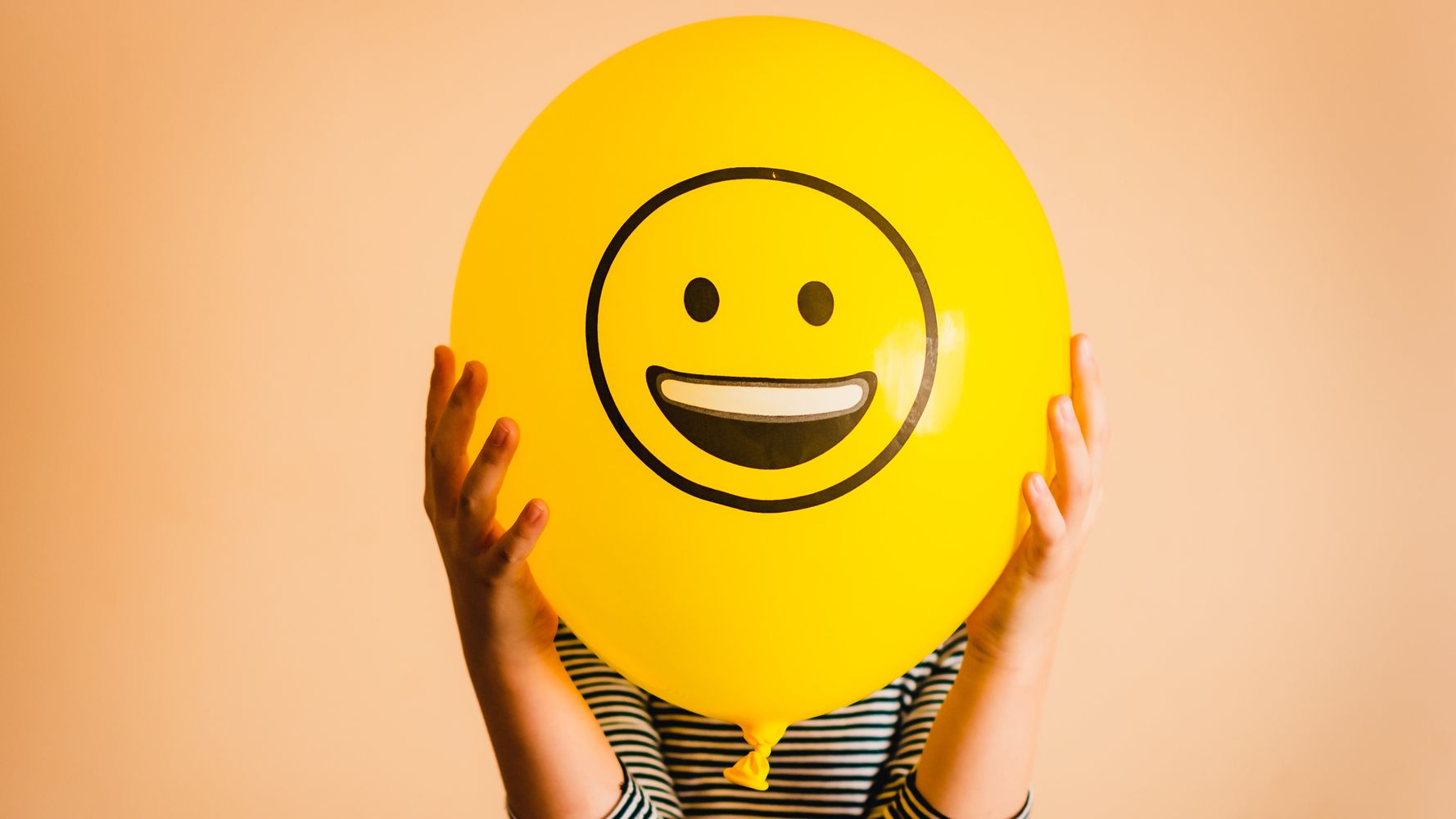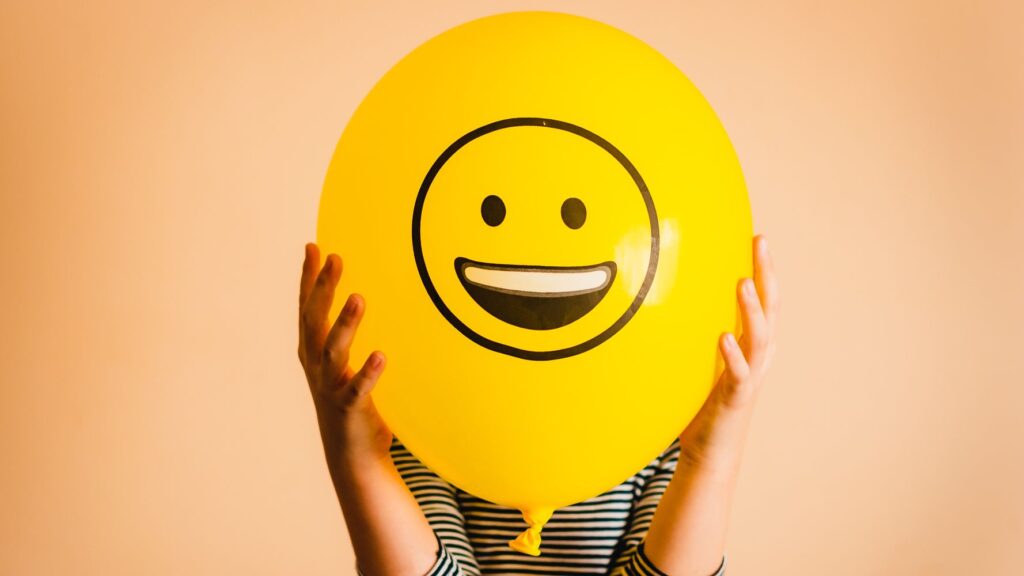Do you feel like you’re constantly in a state of stress? Do you wish you could find a way to reduce it and increase your overall happiness? If so, then this blog post is for you! We’ll explore the power of mindfulness and meditation, and how they can be used to reduce stress and increase happiness.
What Is Mindfulness And Meditation?
Mindfulness and meditation are powerful practices that have been used for centuries to help people reduce stress and increase happiness. In fact, mindfulness is the act of being aware of one’s thoughts, emotions, and physical sensations in the present moment. It helps to cultivate awareness, acceptance, and non-judgement of whatever you experience. Meditation, on the other hand, is the practice of focusing your attention on a particular object, thought, or activity in order to create a state of relaxation and awareness. It has been shown to help reduce stress and improve overall wellbeing. Together, mindfulness and meditation can be an effective tool for reducing stress and increasing happiness.

The Benefits Of Mindfulness And Meditation
Mindfulness and meditation have been proven to have numerous health benefits. In a study published in NeuroImage, it was found that mindfulness-based stress reduction training had a positive effect on intrinsic brain connectivity. Furthermore, Stephan Bodian’s programs, Real Happiness: The Power of Meditation and Mindfulness Meditation and Freedom from Stress, attest to the power of mindfulness and meditation in reducing stress and increasing happiness.
Benefits of mindfulness and meditation include improved mental clarity, increased empathy and self-awareness, increased emotional regulation, and improved physical health. Practicing mindfulness and meditation can help us to become more present in our lives, allowing us to better manage our stress and emotions. Furthermore, our relationships can benefit from mindfulness and meditation as we become more aware of our own thoughts and feelings and those of others.
How To Practice Mindfulness And Meditation
Practicing mindfulness and meditation can help to reduce stress and increase happiness. It is important to find the right techniques that work best for you and practice them regularly. Mindfulness can be practiced anywhere and anytime, and it is beneficial to do it consistently. To start, try focusing on your breath and noticing any thoughts or feelings that come up without judgement. This will help to bring you into the present moment. Meditation can be done by sitting in a comfortable position and focusing on your breath or an object. You can also try guided meditations that can help to deepen your practice. With both mindfulness and meditation, it is important to be gentle with yourself and remember that it is a process. With regular practice, you will start to experience the positive effects of mindfulness and meditation.
Using Mindfulness To Reduce Stress
Mindfulness has been proven to be effective in reducing stress and anxiety. According to a 2011 NeuroImage study, mindfulness-based stress reduction training has a positive impact on intrinsic brain connectivity. This means that mindfulness can help to create a sense of calm and balance in the mind, which can lead to reduced stress levels. By focusing on the present moment and accepting whatever it brings, we can reduce stress levels and find peace. Practicing mindfulness techniques such as breathing exercises, body scans, and guided meditations can help to create a sense of relaxation and clarity, which can help to reduce stress.
Using Meditation To Increase Happiness
Meditation is a powerful tool for increasing happiness and optimism. When practiced regularly, it can help to reduce stress and improve our overall emotional well-being. The practice of meditation helps us to cultivate a sense of acceptance, allowing us to be more present and mindful in our daily lives. By engaging in mindful awareness, we can learn to be more aware of our thoughts and feelings, allowing us to let go of any negative emotions or thoughts that we may be experiencing. When we meditate, we are also better able to manage our emotions and find balance in our lives. Additionally, meditation can help us to be more mindful of our environment and the people around us, creating a more positive outlook. By taking the time to practice meditation, we can learn to tap into our inner peace and allow ourselves to experience greater levels of happiness.
Making A Mindfulness And Meditation Routine
Creating a mindfulness and meditation practice doesn’t have to be hard or complicated. In fact, it can be as simple or as complex as you want it to be. Before you begin your practice, it’s important to decide what type of routine to implement. There are many different ways to approach mindfulness and meditation, such as guided meditations, breathwork, body scans, and more. Once you decide what type of practice you want to do, you can then create a routine that works for you. This could mean setting aside 10 minutes each day to meditate or scheduling an hour-long session once a week. It’s important to remember that consistency is key for developing a successful mindfulness and meditation routine. If you don’t stick to your routine, you won’t reap its full benefits.
Common Obstacles In Mindfulness And Meditation
Although mindfulness and meditation offer many benefits, they can be difficult to practice consistently. There are a few common obstacles that can arise when trying to incorporate mindfulness and meditation into your daily routine.
One of the most common obstacles is a lack of motivation. It can be difficult to remain consistent with any type of practice if you don’t have a clear goal or purpose in mind. Setting a specific intention for your mindfulness and meditation practice can help to keep you motivated and on track.
Another common obstacle is distraction. It can be difficult to focus on the present moment when there are so many external distractions vying for your attention. Taking a few moments to establish a quiet and comfortable environment can help to reduce outside distractions and make it easier to stay focused during your practice.
If you are having difficulty staying consistent with your practice, it can also be helpful to establish a supportive community. Having a group of people who understand and share your goals can help to provide motivation and accountability.
Finally, it’s important to remember that mindfulness and meditation practices are not a one-size-fits-all solution. Everyone’s experience is unique, so it’s important to find what works best for you. Experimenting with different practices, such as guided meditations, mantras, and breathwork, can help to find what resonates best with you.
By understanding the common obstacles and establishing a supportive environment, you can create a successful mindfulness and meditation practice that will help to reduce stress and increase happiness.
The Science Behind Mindfulness And Meditation
The science behind mindfulness and meditation is becoming increasingly accepted. Studies have found that mindfulness and meditation can have a positive effect on stress levels, mental clarity, emotional regulation, and overall wellbeing. For example, a study published in JAMA Internal Medicine found that people who practiced mindfulness and meditation for eight weeks reported reductions in stress, depression, and anxiety symptoms. In addition, a study published in the journal Mindfulness found that people who practiced mindfulness and meditation for eight weeks experienced improved self-compassion, self-regulation, and emotional resilience.
These studies demonstrate the potential of mindfulness and meditation to improve mental health and wellbeing. By incorporating mindfulness and meditation into your regular routine, you can help to reduce stress, increase happiness, and improve your overall wellbeing.
How To Avoid Burnout With Mindfulness And Meditation
With the increasing demands of modern life, it can be easy to become overwhelmed.



